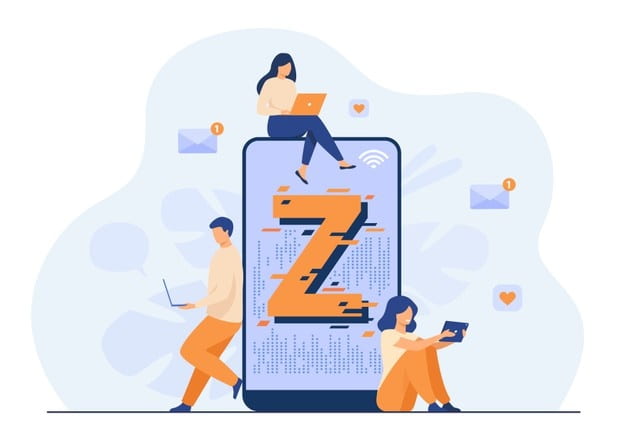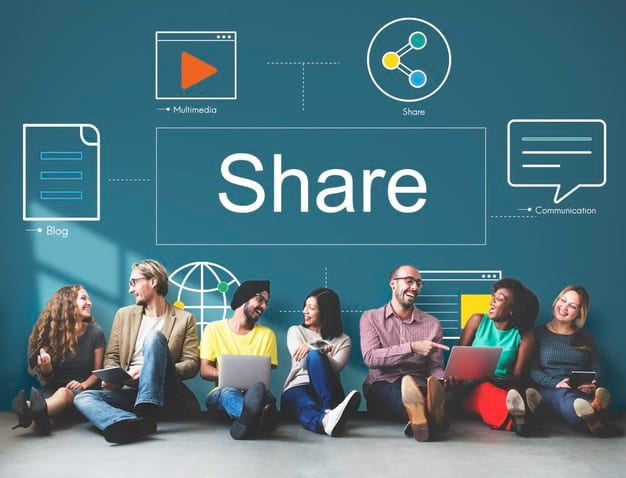The “black box” of the digital culture is that it’s often proprietary information, the result of large corporations. As a result, the public doesn’t get a clear picture of what goes into the code. The results are difficult to explain, and the companies that use algorithms are often surprised at how they perform. But there are a few characteristics of Straits times digital culture that make it more desirable for employees.

A high-performing culture is results-oriented, visionary, and autonomous. The leadership is engaged in their teams, and they exercise judgment. The leaders must model these traits themselves. A strong leader’s words and actions should lead to the desired behaviors. This will ensure that their organization is a digital culture. However, it’s important to understand the differences between a traditional organization’s culture and a digital one.
A digital culture is one that encourages experimentation. Innovation and experimentation are key to a successful business. At Google, for example, the risk-taking culture encourages employees to make decisions that may not be profitable. This risk-taking culture is essential for companies seeking to attract the best digital talent. In addition, a company that values experimentation will be more likely to thrive in the long term.
A digital culture emphasizes delegating decision-making, disseminating it deep within the company, and focusing on performance and purpose over structure. A strong digital culture fosters a collaborative environment where people and technology can flourish. Despite the rapid advancements in digital technology, many organizations are still in the dark about how to effectively harness the power of the new technologies. They aren’t prepared to adapt and take the risks necessary for success.
Among the most significant characteristics of a digital culture are its openness and transparency. The ability to share information with anyone is one of the key attributes of a digital culture, allowing anyone to create media products. And the diversity of these subcultures is what makes it so attractive to the public. These subcultures can make or break a business, and digital technology allows individuals to make a diverse range of products.
A digital culture also values collaboration. It emphasizes openness and collaboration and promotes transparency and interaction. A company with an open culture is more likely to be innovative and productive. They can innovate faster than ever before, and are more nimble than competitors. But the openness of their culture also makes it easier for individuals to participate. Moreover, an open culture is more likely to have a more innovative culture.
